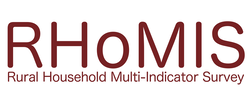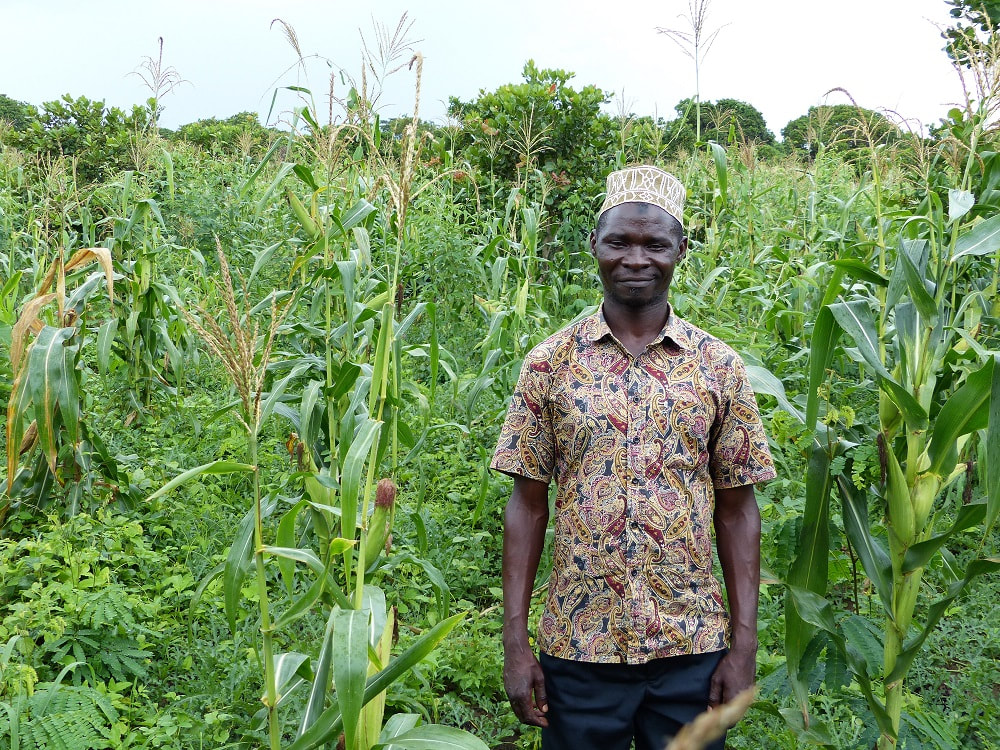Learning from innovative farmers: spotting agricultural development options that work locally11/4/2019 Around the world, agricultural development organizations often struggle with surprisingly weak adoption of innovations that had previously been successful at other places. If all goes well, the smallholder farmers addressed by a development program readily adopt and adapt newly introduced practices, such as improved management of crops and livestock. Not so rarely, however, promising innovations do not fit with local culture, cause extra labor at times when the farmers are already extremely busy, or show other unexpected downsides in the new context. Avoiding locally unsuitable interventions and designing better agricultural development programs by working closely with the local community is possible, of course. But participatory research can take a long time, and results are sometimes biased towards the local opinion-leaders, who are not always the most successful farmers. Could there not be a simpler way to find out “what works” under specific local conditions? A few years ago, I visited smallholder farmers engaged in “agricultural research committees” in Honduras. These individuals were certainly not average farmers. I still remember how impressed I was about their ingenuity and energy in pursuing small-scale farm experiments, constantly improving their production, and consequently, their livelihoods. There was no doubt these local experts held vast knowledge about agricultural development practices that are proven to work in their specific context, and which could be highly interesting options for other farmers in their communities.
But how can we find such outstanding households? Enter RHoMIS. Sitting over a cup of coffee in Ethiopia in 2017, Mark van Wijk of ILRI told me about the astonishing diversity of smallholder households that is often found in RHoMIS datasets. Together with Jacob van Etten (Bioversity International), we speculated this diversity might help to identify specific farmers that were already engaged in innovative agricultural and livelihood practice. We looked at a sample of over 500 farming households from southern Tanzania to find the strongest performers. But what is “performance” anyway? After all, farming is a whole way of life, requiring complex decisions about scarce household resources and competing goals. Farmers need to produce food, generate some income, and preserve natural resources, all at the same time. If our definition of “Positive Deviance” focused exclusively on the most productive households, that might lead us to practices with adverse implications, for example, for household income or the environment. To avoid identifying such unsustainable practices, we defined Positive Deviance by exceptionally strong “overall” performance in five key dimensions: food security, income, nutrition, environmental sustainability, and social equity. RHoMIS provides household-level indicators for each of these. But does this approach not risk simply identifying the wealthiest farmers, with largest farms or best market access? By accounting for individual household resources, we put performance into perspective: our selection criterion was achieving better outcomes than other households with equivalent resource endowments. That is, Positive Deviance meant performing “better than expected”. It turned out these households really had interesting practices to show. All in all, in ten days of fieldwork with 15 households, our interviews and farm visits revealed a list of 14 practices that plausibly contributed to their superior performance. The positive deviant farmers engaged in a large diversity of practices: from agronomic improvements, such as cereal-pulse intercropping, to on-farm businesses, such as a tree nursery, to off-farm enterprises, such as a private transport business or classic wage labour. Most importantly, all of these options clearly worked under local conditions. We believe that the results from this kind of research – a focus on Positive Deviance – can help to plan development interventions that are well-grounded in local smallholder context. In our recent peer-reviewed study, published in PLoS One (open access), we draw three main conclusions:
2 Comments
Your comment will be posted after it is approved.
Leave a Reply. |
RHoMIS BlogThe RHoMIS blog is written by a community of practice. The COP is made up of RHoMIS users and creators from across the world. Here we share their stories of how RHoMIS is helping to record and analyse household data. Archives
May 2020
Categories
All
|



 RSS Feed
RSS Feed